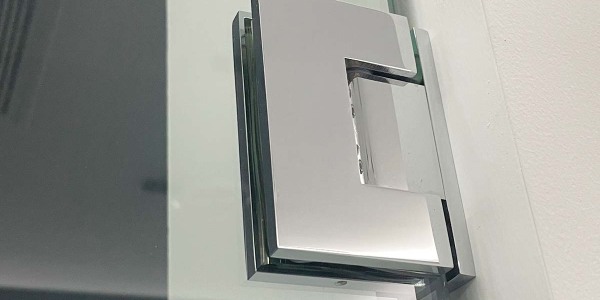Can You Pull a Shower Faucet Handle Off
First and foremost, it's essential to understand that not all shower faucet handles are created equal. Some are designed to be easily removable for maintenance or replacement purposes, while others are more securely fastened and require specific tools or techniques to loosen. Before attempting to pull off your shower faucet handle, it's a good idea to take a closer look at its design and identify any screws, set screws, or decorative caps that may be hiding the fastening mechanism.
One common method for removing shower faucet handles involves locating and removing a small screw or set screw that secures the handle to the faucet body. These screws can often be found either on the front or underside of the handle and may be covered by a decorative cap or plate. If you're unsure where to look, consult the manufacturer's instructions or search for a diagram online that corresponds to your specific faucet model.
Once you've identified and removed the securing screw, you may be able to gently pull the handle off the faucet body. However, it's important to exercise caution during this step, as forcing the handle could damage it or the underlying components. If the handle seems stuck or resistant, it may be necessary to use a little bit of lubrication, such as WD-40 or a similar product, to help loosen it up.
In some cases, shower faucet handles may be held in place by a friction fit or a spring-loaded mechanism. If this is the case, removing the handle may require a bit more finesse. You may need to use a flathead screwdriver or similar tool to gently prize the handle off the faucet body, taking care not to scratch or damage the surrounding surfaces.
It's worth noting that removing a shower faucet handle is just the first step in many DIY repair projects. Once the handle is off, you may need to access the valve stem or cartridge to address issues such as leaks, drips, or temperature control problems. If you're not confident in your ability to perform these repairs, it may be best to leave it to a professional plumber.
On the other hand, if you're simply looking to replace the handle for aesthetic reasons or to update your bathroom's style, removing the old handle is just the beginning. When selecting a new handle, make sure it's compatible with your existing faucet body and valve stem. You may also want to consider factors such as material (e.g., brass, chrome, or nickel), finish (e.g., polished, brushed, or matte), and design to ensure it matches the overall look and feel of your bathroom.
In conclusion, the answer to the question "Can you pull a shower faucet handle off?" is a nuanced one that depends on your faucet's design, the tools you have available, and your level of DIY expertise. By following the steps outlined in this guide, you'll be well-equipped to make an informed decision about whether or not to tackle this project yourself. And if you do decide to proceed, remember to take your time, use the right tools, and exercise caution to avoid damage to your faucet and bathroom fixtures.






